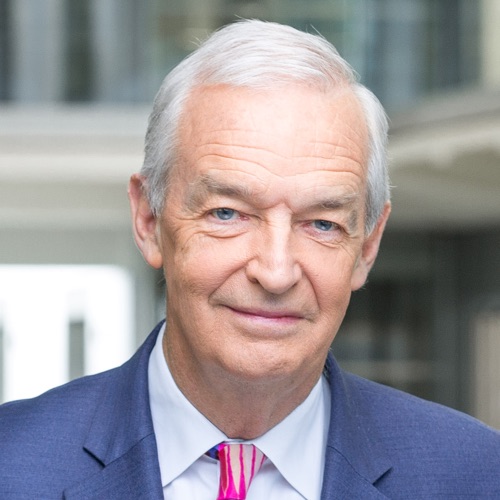Iran: hunting for golf balls on the Caspian coast
I was there! Thirty-one years ago, wedged amongst a chanting, seething sea of black-clad woman in chadors moving through downtown Tehran. So dense was the throng that even filming what we were witnessing proved almost impossible.
It was exciting, we knew the Islamic revolution – a people’s clamour for change, for spiritual renewal in the aftermath of the feeble fading of the Shah’s corrupt pro-Western regime – would change the balance of the world in which we lived, but we could not fathom how.
We knew too that we were “in on a moment of modern history”.
So impossible was it to detach ourselves from the throng that we decided as soon as we had completed whatever we could do for that day’s news transmission (thank god for the time difference with London), we would leave Tehran and head north.
Before the day was ended, as the crowds began to disperse, we crammed into our Ford transit minibus and headed for the Caspian Sea.
Why? Firstly I wanted to know how the revolution was playing beyond the metropolis, but secondly I wanted to find out what had happened to the facility that represented the West’s gravest concern.
Somewhere on the coast of the Caspian, the Americans had built an early warning “listening” station – a series of golf ball shaped domes from which they monitored Russian nuclear tests in the Urals on the other side of the sea.
I had spotted the profiles of the golf balls ten years earlier as a student.
I had driven a bus from Liverpool to New Delhi and passed this way. The problem was that I had no idea which end of the Caspian’s southern coast I had seen them, and no one would tell us.
At daybreak we started from Tabriz and headed east. We drove for much of the day, seeing little evidence of revolution beyond a few knots of khaki-clad guards in the streets.
Just as my crew was beginning to conclude that I was weak in the head and an inventor of golf ball structures – there they were! Squeezed on a hill top, white beneath the low grey cloud base.
Two teenage revolutionary guards sat on metal chairs at the gates, with guns on their laps, oblivious to what it was that they guarded.
The golf balls hummed. “Don’t go in,” I shouted. “They may have been booby-trapped. We threw stones through the open door of one of the structures.
No boom, no bang. We entered to a find a cacophony of whirring computers. Purple inked zig-zagging graphs on gridded paper spewed from the machines.
In the residential block, clothes lay on the beds, children’s toys on the floors, food on the kitchen tables. Someone had left in a hurry.
Back in Tehran, armed with fabulous film of it all, I clambered into bed and slept the sleep of the dead. I was awakened by a knock on my hotel room door. X was an intelligence officer from the British Embassy, he wanted to know what we knew and what compromises lay in our films.
I did a shameful trade. I eventually let him advise which shots concerned him in return for information as to the whereabouts of the recently delivered state-of-the art Foxbat US fighter jets.
My love-affair with Iran was in full spate, an exhilarating rollercoaster of a story that is still in full spate. No-one knows where the revolution will lead – we are no clearer today than we were in those brittle, cold February days thirty-one years ago.
